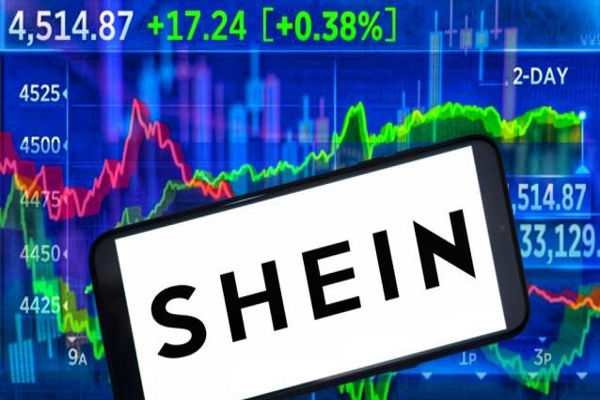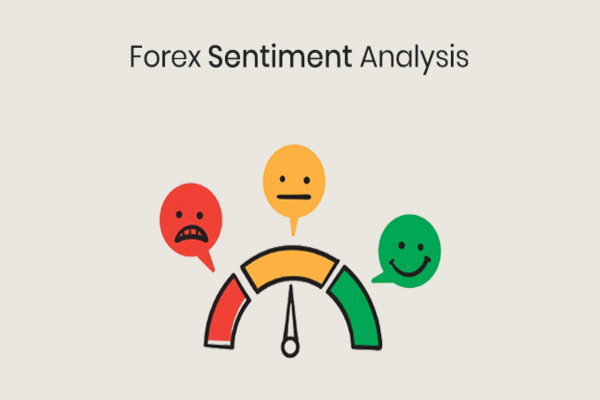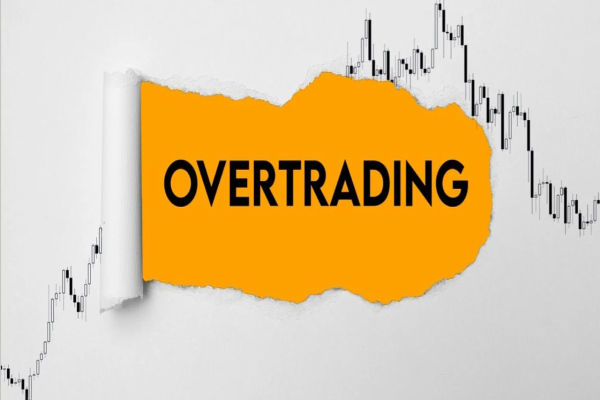Investors who are new to foreign exchange trading will first be introduced to
some basic knowledge. Foreign exchange point value and spread are two important
concepts in foreign exchange trading. So, are foreign exchange point values and
spreads the same?

No, the foreign exchange point value and difference are not the same.
Foreign exchange point value refers to the change of a unit of foreign
exchange price, usually expressed as the change of the last digit after the
Decimal separator, such as 0.0001. It represents the value change of each point.
In foreign exchange trading, the impact of every point change on the trading
results is very important. For example, if a trader buys one hand (100000) of
euros in the euro/dollar currency pair and the exchange rate rises by 10 points,
the trader will earn a profit of $1000. Therefore, the foreign exchange point
value reflects the profit or loss of the transaction.
The importance of foreign exchange point value is that it reflects the impact
of small changes in foreign exchange prices on trading results. If the foreign
exchange price rises or falls by a point, it means that the trader's profit and
loss will also increase or decrease by a corresponding point. Therefore, the
foreign exchange point value is an important reference indicator for calculating
profits and losses and determining stop-loss and stop-profit levels.
The spread refers to the difference between the buying price and the selling
price. The buying price is the price at which the dealer is willing to purchase
a currency pair, while the selling price is the price at which the dealer is
willing to sell the currency pair. The point difference is usually expressed in
the form of points, such as 0.5 or 1. Spreads reflect the cost of trading and
are one of the ways traders profit from trading. When traders execute buying and
selling transactions, they need to pay a spread as the cost of the
transaction.
The size of the spread is very important for foreign exchange traders, as it
directly affects the cost and profit potential of trading. A lower spread means
lower transaction costs, which is attractive for frequent or small-scale
traders. A higher spread will increase transaction costs and suppress profit
potential to a certain extent. Therefore, choosing a trader with a low spread is
crucial for traders.
Therefore, although both foreign exchange point values and spreads are
related to foreign exchange trading, they represent different concepts. Foreign
exchange point value is a unit that represents price changes and is used to
calculate profits and losses, while point difference represents the difference
between the buying and selling prices, representing the cost of transactions.
Understanding these two concepts is crucial for foreign exchange traders, as
they directly affect the profitability and costs of trading.







